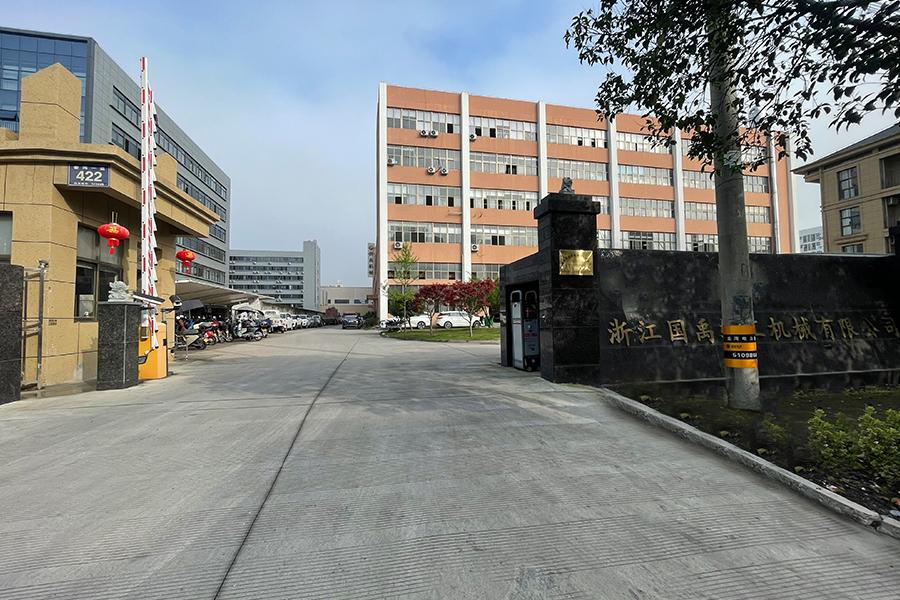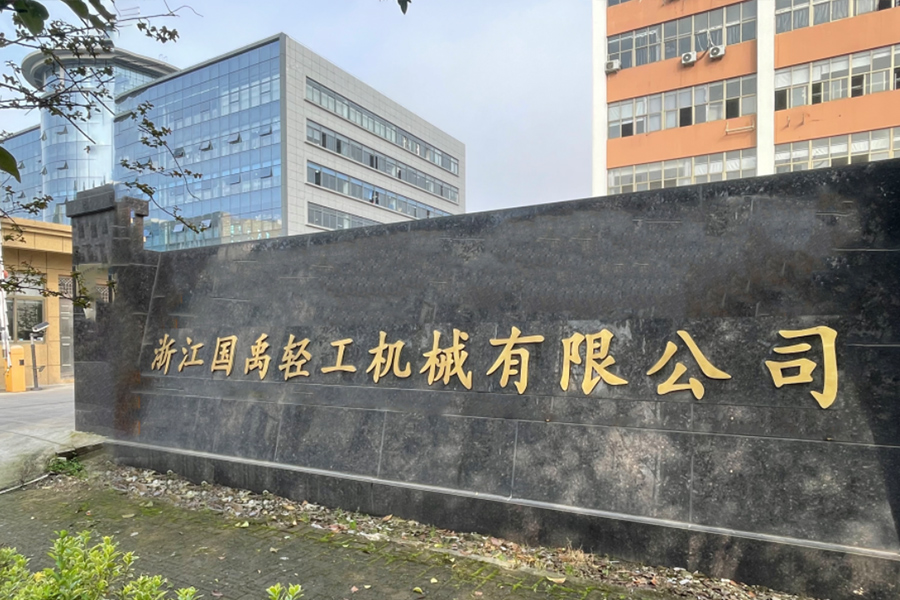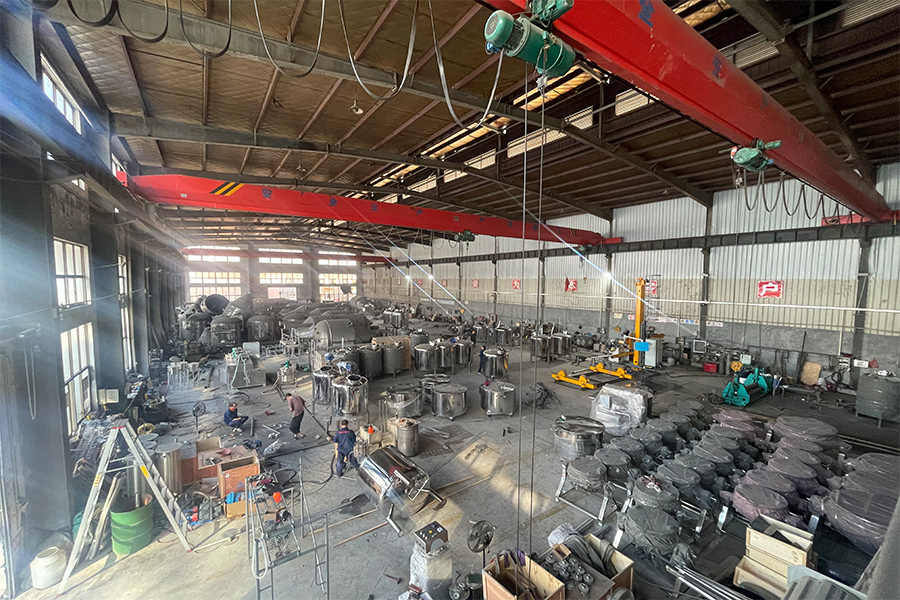-
 [email protected]
[email protected]
-
 +86-13706666922
+86-13706666922

Across multiple industrial sectors, concentrate tanks have become specialized vessels designed for handling materials with elevated solid content or increased concentration levels. These purpose-built tanks address the particular challenges associated with storing and processing concentrated substances in various manufacturing and treatment operations. The implementation of concentrate tanks reflects a focused approach to managing materials that require specific handling characteristics different from standard liquid storage. From mining operations to food processing facilities, concentrate tanks provide tailored solutions for handling thickened slurries, viscous products, and other concentrated materials throughout industrial processes.
The engineering design of concentrate tanks incorporates features that address the unique properties of concentrated materials. A typical concentrate tank includes agitation systems specifically configured to maintain suspension of solid particles within the liquid medium. The interior surfaces of concentrate tanks often feature specialized linings or materials that resist abrasion from suspended solids and facilitate complete material discharge. Many concentrate tanks incorporate heating or cooling elements to maintain ideal viscosity for processing and transfer operations. These design considerations distinguish concentrate tanks from standard storage vessels by addressing challenges such as settling, bridging, and uneven concentration that can occur with dense or viscous materials.
Manufacturing advancements have enhanced the functionality and reliability of modern concentrate tanks. Contemporary concentrate tanks often feature improved impeller designs that create flow patterns capable of keeping heavy particles in suspension with reduced power consumption. Modern concentrate tanks may include monitoring systems that track parameters such as density, viscosity, and solid content to maintain ideal processing conditions. The materials used in constructing concentrate tanks have evolved to include wear-resistant alloys, specialized elastomers, and composite materials that withstand the abrasive nature of many concentrated substances. These developments have expanded the operational capabilities of concentrate tanks across diverse industrial applications.
The application of concentrate tanks spans numerous industries with specific concentration handling requirements. Mining operations utilize large-scale concentrate tanks for storing and mixing mineral concentrates before further processing or transport. Chemical manufacturers employ concentrate tanks for handling viscous intermediates and finished products with high solid content. Food processing facilities implement sanitary concentrate tanks for managing ingredients like fruit purees, tomato paste, and other concentrated food products. Water treatment plants use concentrate tanks for containing brines and other concentrated waste streams from desalination and membrane filtration processes. This varied implementation demonstrates how concentrate tanks serve specialized roles within broader industrial operations where standard tanks would be inadequate for handling concentrated materials.
Looking ahead, the technology surrounding concentrate tanks continues to evolve with emphasis on energy efficiency, process optimization, and material handling improvements. Research efforts focus on developing more effective agitation systems that maintain homogeneous conditions in concentrate tanks while small power requirements. Automation advancements are pilot to concentrate tanks with smarter control systems that can adjust operating parameters based on real-time analysis of material characteristics. As industries increasingly focus on waste reduction and resource efficiency, concentrate tank designs are incorporating features that improve product recovery during discharge and less residual material left in the vessel. The ongoing innovation in concentrate tank technology ensures these specialized vessels will continue to meet evolving industrial needs for efficient handling of concentrated materials across various processing applications, supporting both operational efficiency and product quality objectives in multiple sectors.







